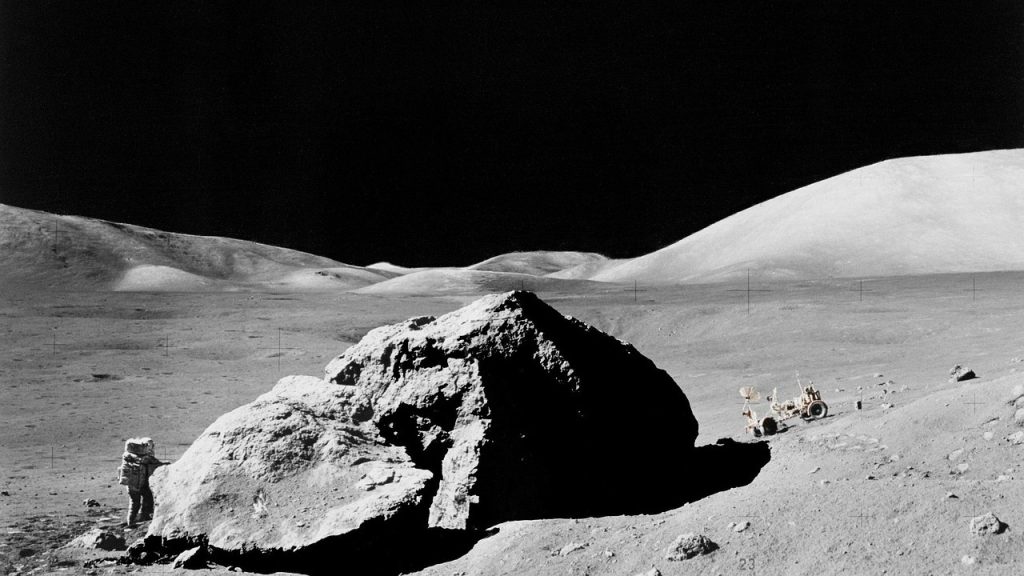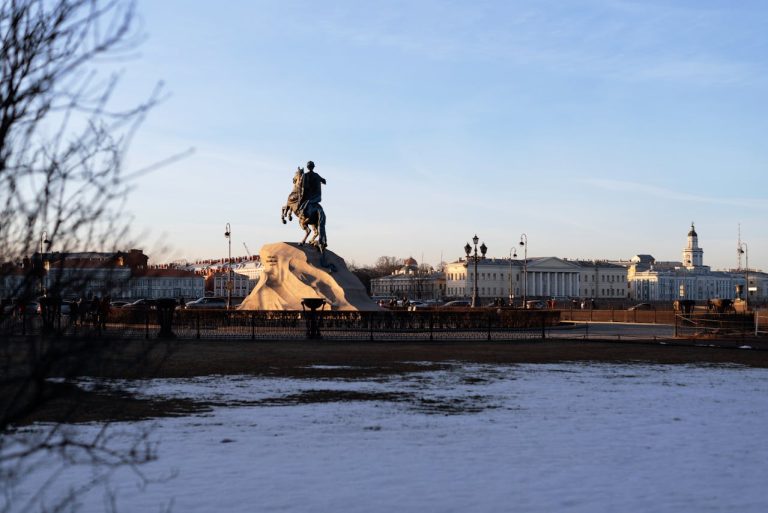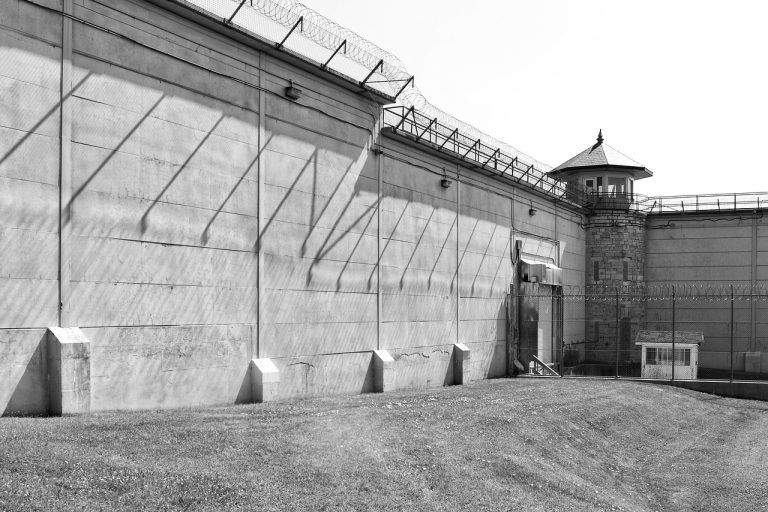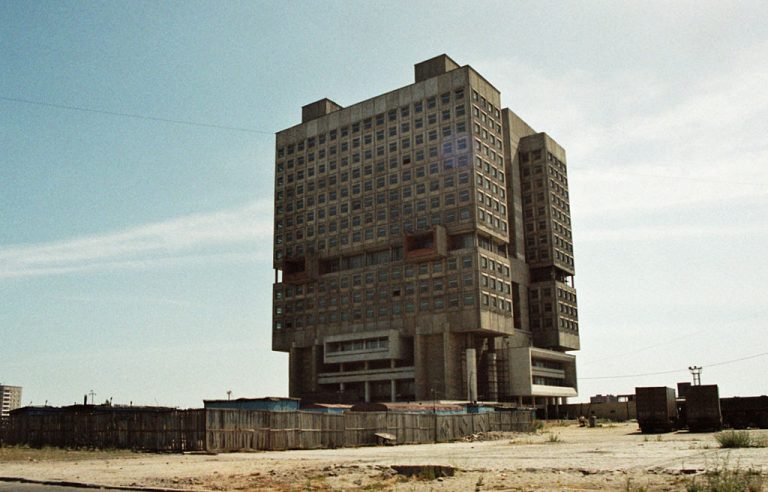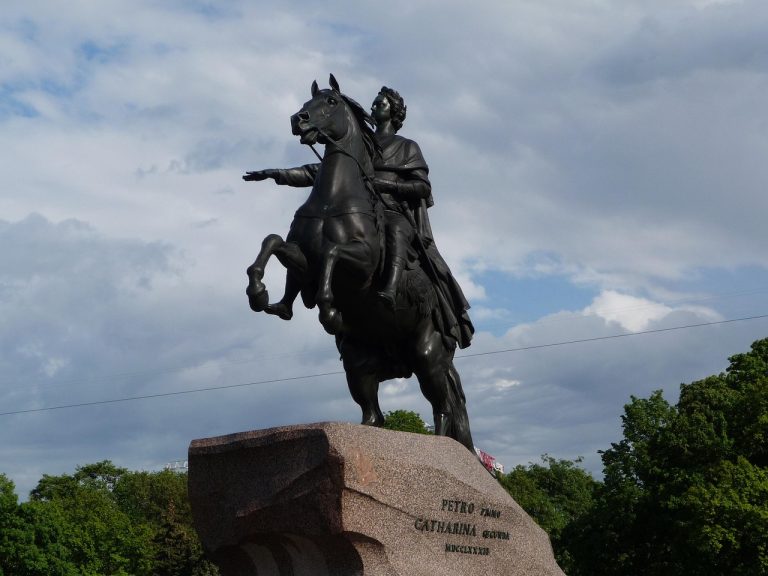For over 50 years, a question has lingered: did Russia land on the moon? Or did the Soviet program end early while the U.S. made history? The idea that Russia faked a moon landing gained traction in the 1970s. People pointed to fake sets, doctored photos, and staged TV shows.
But the truth is out there, and it’s been shared worldwide. NASA’s Lunar Reconnaissance Orbiter has been orbiting the moon for over a decade. It has captured clear images of Apollo sites, showing everything from descent stages to astronaut footprints.
In 2012, the orbiter even spotted five flags standing upright. Apollo 11’s flag had fallen during launch. Back then, the Soviet Union didn’t question the U.S. moon landing. They even recognized it as a historic achievement, alongside Sputnik and Yuri Gagarin.
In 2023, old doubts resurfaced when a former Roscosmos chief questioned the moon landing. But the evidence is strong. Retroreflectors on the moon reflect laser beams from Earth, and seismometers recorded moonquakes until 1977. Researchers also have 382 kilograms of moon samples.
It’s hard to believe in a hoax of this scale. Around 400,000 people worked on Apollo. Physicist David Robert Grimes calculated that a massive conspiracy would have collapsed quickly. So, what’s the truth about Russia’s moon mission? Let’s explore the timeline, tracking stations, and the moon’s dusty evidence.
Russia’s Moon Mission History: Soviet Union Moon Landing Goals and Timeline
The Cold War was a race for power and prestige. The moon landing timeline was a scoreboard for both sides. Russia’s Russia space exploration aimed to be the first to land on the Moon. Their story began with big goals and a race driven by politics and engineering.
Space Race Context and the Soviet Union’s Lunar Ambitions
Sputnik was launched in 1957, followed by Yuri Gagarin’s orbit in 1961. Each achievement pushed both sides to reach further. The soviet union moon landing was a challenge to Apollo, driven by pride and science.
Soviet experts saw Apollo 11 as a real and historic event. This shows how they followed events closely, without questioning them.
Uncrewed Soviet Missions to the Moon Beginning in 1959
The first missions to the Moon started in 1959 with Luna probes. These missions tested the Moon’s surface and technology. They mapped dangers, tested communication, and improved navigation.
These steps were key for any moon landing timeline and laid the groundwork for future Russia moon mission.
Deep-space Tracking Capabilities at Evpatoria and Ussuriisk
By 1962, Russia had set up ground stations across the country. Evpatoria in Crimea and Ussuriisk in the Far East could track deep-space missions. They could reach up to 100 million kilometers, enough to follow Apollo.
The Space Transmissions Corps tracked Apollo in real time. This showed that Soviet engineers had the tools to monitor every step.
Why the USSR Never Conducted a Successful Crewed Lunar Landing
Setbacks and changing priorities slowed the Soviet Union’s lunar plans. Budgets were cut, and the focus shifted to Earth orbit. By the time Apollo finished, the soviet union moon landing goal was forgotten.
The Russia moon mission legacy turned to stations, robots, and ongoing Russia space exploration.
| Year/Phase | Key Events | Soviet Capability | Relevance to Moon Landing Timeline |
|---|---|---|---|
| 1957–1961 | Sputnik launch; Yuri Gagarin’s orbit | Proven launchers and human spaceflight | Triggers lunar goals and frames early milestones |
| 1959–1966 | Luna impacts, soft landings, and photography | Guidance, telemetry, and surface ops | Builds cislunar experience for a Russia moon mission |
| 1962–1969 | Evpatoria and Ussuriisk track deep space; Apollo tracked | Long-range comms to ~100 million km | Enables verification across the moon landing timeline |
| 1970–1976 | Sample-return robotics and rover work | Autonomous landers and ascent stages | Demonstrates precision without crew |
| Post-Apollo | Focus on Salyut and Mir programs | Long-duration human spaceflight | Shifts goals within Russia space exploration |
Did Russia Land on the Moon
Short answer to did Russia land on the moon: no. The Soviet Union aimed to land on the moon but failed. They sent uncrewed missions starting in 1959 and tracked Apollo’s journey. These efforts spark debates today.
Public opinion has changed over time. A 2020 poll in Russia showed doubts about Apollo 11. But in 2011, Vladimir Putin called hoax claims “total nonsense.” In 2023, Dmitry Rogozin questioned it on Telegram, and RT agreed there’s no proof. This ongoing debate encourages readers to look beyond headlines for evidence.
The USSR did track U.S. missions and send Luna probes. They even returned small samples by robots. These facts show their space achievements, even if they didn’t plant a flag.
| Topic | Key Details | Why It Matters |
|---|---|---|
| Crewed Landings | No Russian or Soviet crewed landing on the Moon | Answers did Russia land on the moon with a clear status |
| Uncrewed Missions | Luna series flew from 1959; robotic returns brought small samples | Forms part of verifiable Russia moon landing facts |
| Tracking Apollo | Evpatoria and Ussuriisk monitored deep-space signals | Contributes to third-party Russia moon landing evidence |
| Public Claims | Rogozin’s 2023 doubts vs. Putin’s 2011 rejection of hoax ideas | Shows how narratives and politics shape perceptions |
| Modern Records | Images, laser ranging, and lab studies cited by researchers worldwide | Context for comparing claims with observable data |
When comparing did Russia land on the moon to the evidence, it’s important to note the difference. The history is complex and continues to be discussed today.
Russia Moon Landing Conspiracy vs. Evidence: What the Records Show
Many people debate the Apollo era. Some believe in the Russia moon landing conspiracy, while others trust the Moon’s records. To understand, we need to look at what was said, measured, and seen today.
Rogozin’s 2023 Doubts and How State Media Amplified Them
In May 2023, Dmitry Rogozin questioned the moon landing on Telegram. RT called it a “No proof US landed on moon” story. This sparked debate, contrasting with decades of evidence and records.
What Soviet-era Sources Reported About Apollo and the Moon Landings
The Great Soviet Encyclopedia listed Apollo 11 as a fact. It was alongside Sputnik and Yuri Gagarin. Soviet experts could track missions in real time.
They had tools to monitor flights. This shows the soviet union moon landing ambitions were serious.
With these tools, a hoax would have been caught. Engineers in the USSR understood telemetry and radar. This knowledge was shared, even in tense times.
Third-party Verification: LRO Images, Japanese Orbiter Visuals, and Tracking
Independent checks confirmed the landings. In 2008, Japan’s Kaguya matched Apollo 15 site details. In 2009, NASA’s Lunar Reconnaissance Orbiter found five Apollo sites.
In 2011, it showed more. Amateur and professional radio operators also tracked transmissions. This added to the evidence.
Lunar Retroreflectors, Seismometers, and 382 kg of Returned Samples
Retroreflectors send back laser pulses. Scientists use them to measure the Moon’s motion. Seismometers recorded “moonquakes” until the late 1970s.
Laboratories studied 382 kilograms of lunar rock and soil. They found samples unlike Earth rocks. This evidence is valued by researchers and skeptics.
Why a Hoax Would Be Implausible: Scale of Apollo and Exposure Timelines
Over 400,000 people worked on Apollo. Physicist David Robert Grimes modeled leak risk. He found a fraud would likely fail within a few years.
James Longuski and Rick Fienberg agree. Polls from 1994 to 2009 showed doubt in several countries. But these shifts follow media cycles, not the record.
Headline drama fuels the conspiracy. But long-lived instruments, tracking, and data anchor Russia space exploration in facts.
Russia Moon Landing Hoax Claims: Common Arguments and Scientific Rebuttals
Hoax theories often focus on photos, shadows, and radiation. Looking at these with fresh eyes can help. When people ask if Russia landed on the moon, they compare it to American missions. The main points involve optics and physics, not just curiosity.
No Stars in Photos, “Odd” Shadows, and the Waving Flag Illusion
Many surface shots lack stars because they were taken during the harsh lunar daytime. The scene was lit brightly, making suits and soil appear gray. But the faint star field was underexposed, like a night game photo where stadium lights hide the sky.
“Odd” shadows come from uneven ground and perspective. Lines that are parallel in 3D can look like they converge in a 2D frame. The Sun, Earthshine, reflections from the lunar surface, and bounce from suits and the lander act as extra light sources.
The flag seemed to wave because it had a horizontal support bar. After being packed tight for days, the fabric had ripples. Any motion was when astronauts handled the pole, a detail often missed in hoax clips.
Van Allen Belts and Safe Transit Times
The Van Allen belts were crossed quickly on optimized paths. As National Space Centre scientist Anu Ojha notes, time in the region matters—more like a brisk walk across hot coals than a long stay in a kiln. The spacecraft’s aluminum structure and internal stowage added shielding, keeping doses low and within mission limits.
Context is key when comparing Russia’s moon landing to Apollo. Transit strategy, not denial, explains the numbers seen in medical logs and mission plans.
Photographic “Anomalies” Explained by Optics, Exposure, and Perspective
Claims about “rotated” crosshairs and the famous “C‑rock” come from scanning, cropping, and overexposure. Originals and higher-quality rescans don’t show letters carved on stones or reticles floating behind objects.
Hasselblad 500 EL cameras with Zeiss lenses and 70 mm film produced crisp frames. NASA curated the best. But there are plenty of outtakes. Apollo 16’s Far Ultraviolet Camera captured stars from the lander’s shadow. Apollo 15 photographed the solar corona with Mercury and a star field, and Apollo 14 recorded Venus in daylight. These details often get sidelined in debates.
Global Tracking and Why the USSR Would Have Exposed a U.S. Hoax
Soviet deep-space sites at Evpatoria and Ussuriisk monitored Apollo flights, alongside a seasoned Space Transmissions Corps. If a fake had been on the airwaves, engineers in Crimea and the Far East would have noticed. Soviet reference works of the era recorded the missions as real, a point relevant whenever hoax claims resurface.
Geopolitics offers a simple lens. In the thick of the Cold War, Moscow had motive and means to call out a fraud at once. That history frames today’s questions about Russia’s space exploration and the query: did Russia land on the moon.
| Claim | Scientific Basis | Real-World Analogy | Relevant Notes |
|---|---|---|---|
| No stars in photos | Short exposures in bright lunar daytime underexpose faint stars | Night stadium photos show black skies despite stars above | Apollo 16 UV camera recorded stars from LM shadow |
| Odd or crossing shadows | Uneven terrain and perspective make parallel lines converge | Train tracks meeting at the horizon in a photo | Reflective surfaces add fill light without extra lamps |
| Waving flag | Horizontal support bar holds fabric; ripples from packing | Wrinkled camping flag stays creased until smoothed | Motion seen only while the pole was handled |
| Van Allen belts lethal | Fast transit and shielding keep doses within limits | Quick firewalk versus standing on hot coals | Trajectory planning minimized exposure time |
| Crosshair and “C‑rock” anomalies | Scanning, cropping, and overexposure artifacts | Photo lab marks appearing on copies, not originals | Hasselblad/Zeiss 70 mm originals don’t show carved letters |
| Global silence implies complicity | Independent tracking corroborated mission signals | Multiple radio stations matching the same broadcast | USSR facilities at Evpatoria and Ussuriisk logged Apollo traffic |
Conclusion
The scoreboard is clear. The Soviet Union never sent a crew to the Moon, despite their early achievements. The United States, on the other hand, landed on the Moon six times between 1969 and 1972. They left behind equipment that is working today and footprints that match their mission records.
For those wondering if Russia landed on the Moon, the answer is no. The evidence shows why.
What remains is undeniable proof. Retroreflectors on the Moon reflect laser pulses back to Earth. Apollo’s seismometers mapped the Moon’s inside. The Lunar Reconnaissance Orbiter and Japan’s SELENE have photographed the Moon’s surface.
Labs around the world have studied 382 kilograms of Moon rocks and soil. These facts are the core of what happened on the Moon, debunking hoax claims and solidifying the moon landing timeline.
Soviet-era journals recognized Apollo’s achievements, and Soviet ground stations tracked each mission. Recent doubts, like Dmitry Rogozin’s 2023 comments, are just echoes of old rumors. The Moon, though, keeps its records: wheel tracks, dust halos, and mirrors flashing from 240,000 miles away.
In the history of Moon landings, Russia played a significant role. They were the testing grounds for new technology and the listening posts that confirmed the missions. This context answers the question of whether Russia landed on the Moon. It shows that the USSR led in uncrewed missions, while the U.S. achieved crewed landings. The evidence is clear, bright, and visible from Earth.
FAQ
Did Russia Land on the Moon?
No, Russia or the Soviet Union never landed on the Moon with people. They tried during the Space Race but failed. The U.S. successfully landed astronauts six times between 1969 and 1972.
What is the Russia Moon Landing Timeline Compared With Apollo?
The Soviet Union started sending unmanned missions to the Moon in 1959. They watched U.S. Apollo missions closely by the late 1960s. Apollo 11 landed in July 1969, and the last U.S. mission was Apollo 17 in 1972.
What Evidence Counters the Russia Moon Landing Conspiracy That Apollo Was Faked?
NASA’s Lunar Reconnaissance Orbiter has taken pictures of Apollo landing sites. Japan’s Kaguya also captured images of Apollo 15’s “halo.” Laser ranging can hit Apollo retroreflectors to this day. Seismometers worked until the late 1970s. Labs around the world studied 382 kilograms of Moon rocks.
If Apollo Was Real, Why Didn’t the Soviet Union Expose a Hoax?
The USSR had the means and reason to expose Apollo as fake. They followed Apollo missions live. Instead, they acknowledged Apollo 11 as a historic achievement, alongside Sputnik and Yuri Gagarin. This stance contradicts the idea of a Russia Moon landing hoax.
What Did Rogozin and RT Claim, and How Do Records Respond?
In 2023, Dmitry Rogozin questioned Apollo’s authenticity. Russian outlet RT also raised doubts. But, the evidence is clear: decades of telemetry, global tracking, LRO images, laser returns, and Apollo photo archives.
